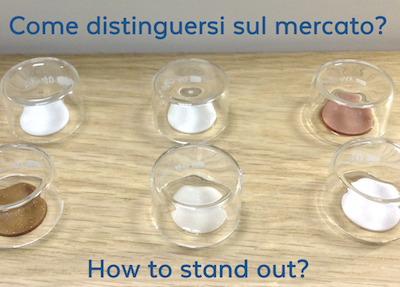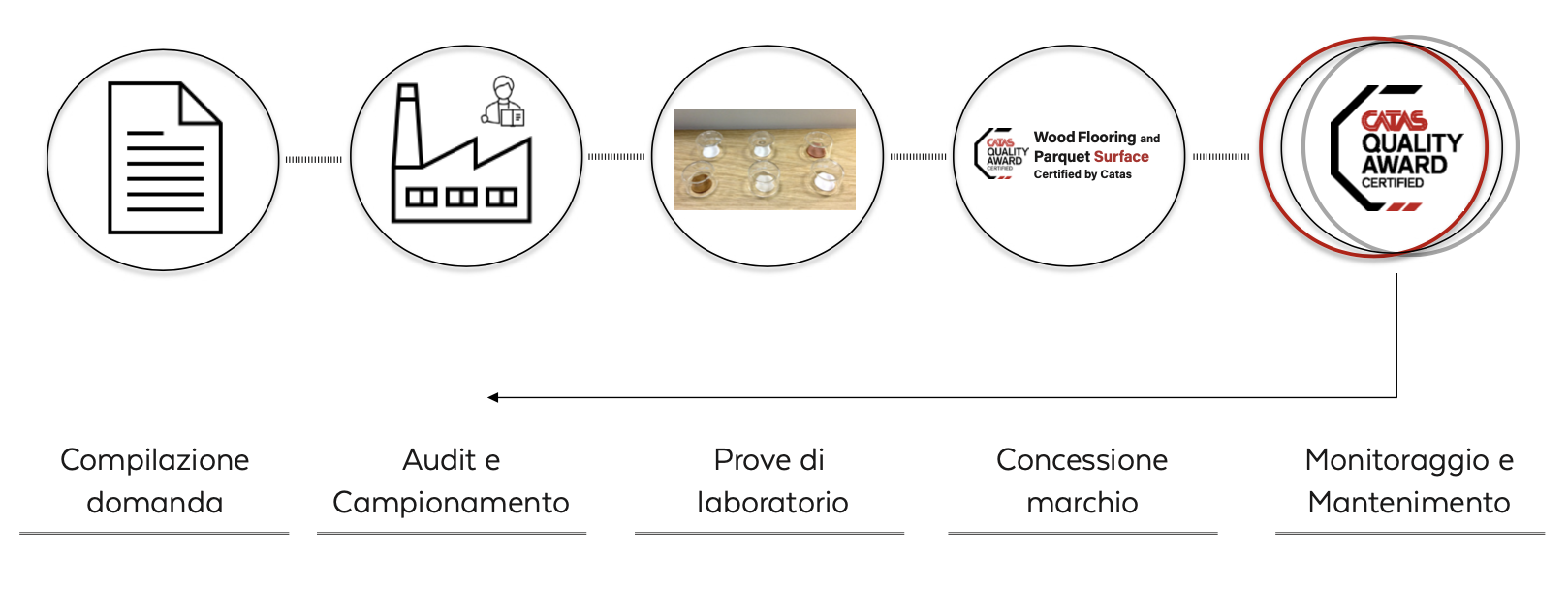
Perhaps somebody does not know that in Catas, alongside the testing departments, there are technical specialists who deal with defects.
Defects are imperfections that not only decrease object’s value but also lead to customer dissatisfaction, which can degenerate into complaints, annoying legal troubles and certainly loss of image...
A very interesting fact is that 90% of floor samples sent to the laboratory for defect assessment, that is the huge majority, reveals problems with the surface and only 10% with the underlying layers.
The internal control of the production processes carried out by the company and the external assessment by an independent third party, according to requirements defining quality flooring surfaces with the issuing of a certification mark, gives the end customer the guarantee of purchasing a product constructed "in a state-of-the-art manner".
Catas published the Technical Rules "CQA Wood Flooring and Parquet Surfaces" adapting the performance requirements for wood flooring, defined in EN 14354, and defining the performance requirements for parquet. The certification scheme distinguishes between film coating (coating thickness ≥ 20 μm, open and closed pore) and non-film coating (coating thickness ≤ 20 μm, oils, waxes).
In addition to the audit to verify the production processes, the granting and maintenance of the mark requires tests to be carried out to assess the performance of the surfaces and, in particular, the property of the treatment to protect the wood from dirt retention, abrasion, staining, but, above all, varnish detachment as it is the most reported defect.
Based on the achievement of the requirements set out in our Rules, floors are classified into two categories:
The market is constantly seeking high quality and safe materials to furnish our homes and workplaces, and Catas "CQA Wood Flooring and Parquet Surfaces" certification communicates the high-performance levels of wood flooring and parquet,
also to the end consumer.
We remind you that
getting certified is easy:

..... only 5 steps:
1. Filling the apllication
2. Audit and sampling
3. Laboratory tests
4. Mark granting
5. Monitoring and maintenance
For info:
Debora Tiberio
+39 0432 747245
tiberio@catas.com



